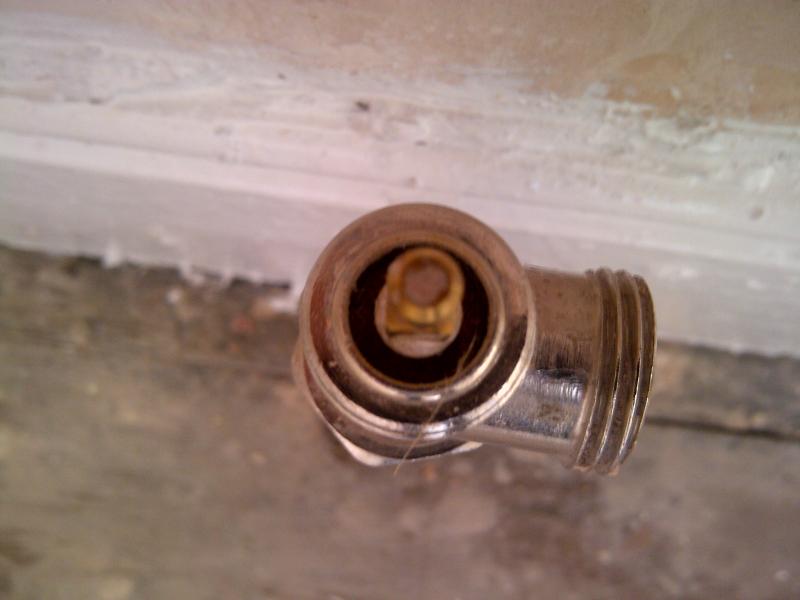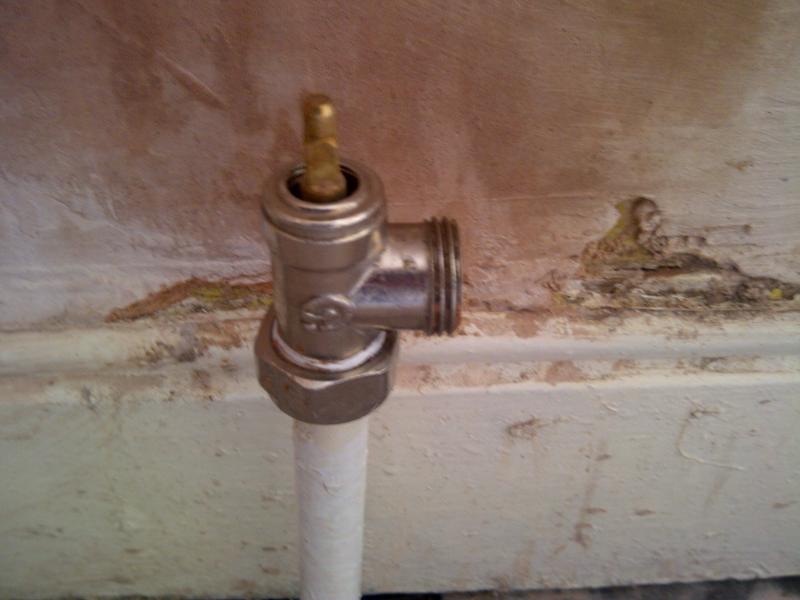It's fairly straightforward. Depressurise and partly drain your system via a suitable drain cock. Open a rad bleed screw to allow easier draining. Check that its drained below your valve (just open the valve with a container underneath) Once drained enough, close drain cock and using 2 pairs of grips remove the old valve from the copper and fit a new one. You will probably be able to re use the existing nut and olive, if not carefully cut across the olive, split and remove it from the pipe and fit all new. Refill, repressurise and vent your system. Inhibitor can be added to the rad once refitted to the system.
Pros would simply change the valve by removing pressure and closing auto air vents and simply swapping valve quickly, but this takes practice.
Have everything ready to hand prior to starting work.



